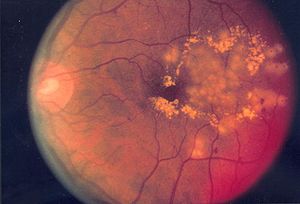There is no neat, targeted way to treat diabetic retinopathy, a condition that could lead to blindness. Laser therapy can result in diminished side and night vision and the other current method used, the cancer drug docetaxel, clear from the system so quickly that high doses are needed, increasing toxicity to healthy tissue. The research group ANPRON tells us about a team of Canadian scientists who think they have found a solution for sufferers of diabetic retinopathy. They have made a MEMS device (micron-sized electromechanical systems) that could be implanted behind the eye and release docetaxel on command by an external magnet.

The majority of drugs do not penetrate from blood into the brain because of the hematoencephalic barrier existing between them. This creates a lot of difficulties for brain tumor treatment. Russian researchers have developed a system for drug delivery into the brain with the help of nanoparticles and demonstrated its efficiency on laboratory animals.
Glioblastoma is the most widespread and the most dangerous variety of the brain malignant tumor. At the moment, chemotherapy of such tumors has little effect due to existence of the hematoencephalic barrier – the filter that prevents alien agents (including drugs) from passing into the brain. Researchers worldwide are working to create medicinal systems, which could be used for glioblastoma therapy.
This is a preview of Nanoparticles making “inroads” into Brain Drug delievery.
Read the full post (121 words, 2 images, estimated 29 secs reading time)



